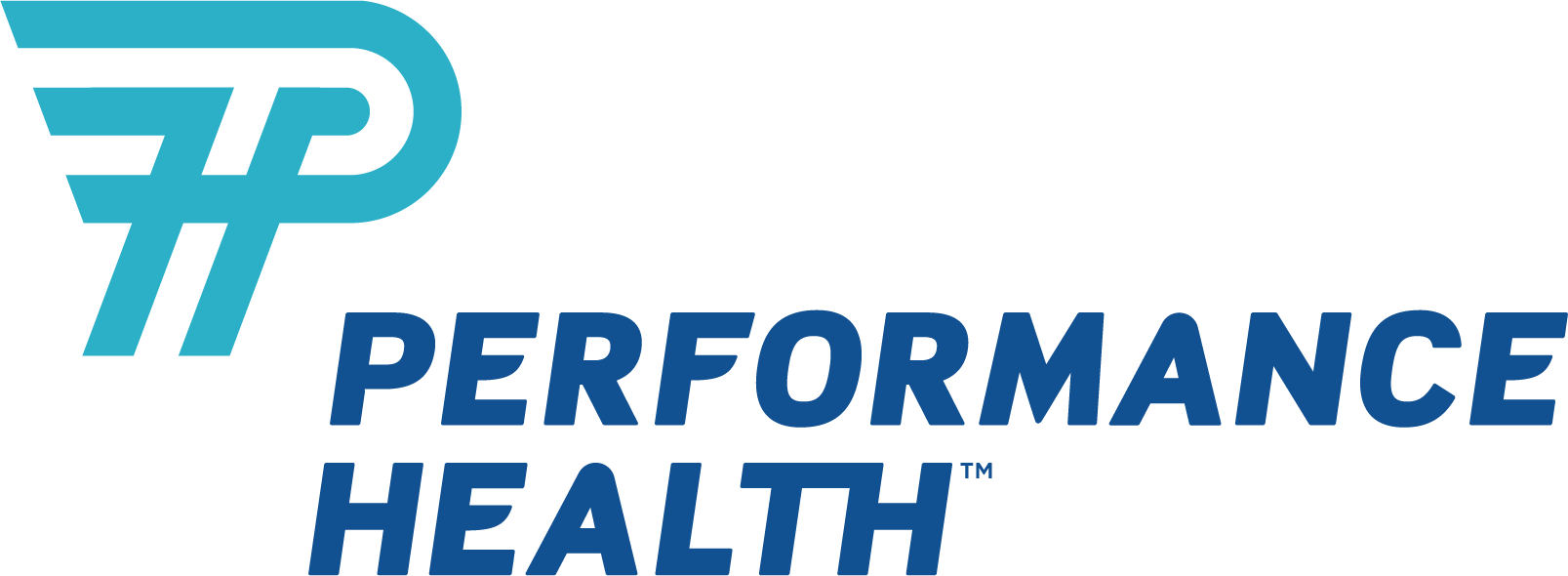Reflections from a PT Practicing for over 30 years
After more than three decades practicing physical therapy, I’ve seen the profession transform from one constrained by gatekeeping to one grounded in autonomy and trust. We’ve worked hard to build this momentum, and now, with the release of APTA’s 2025 State of Direct Access report, the data is clearer than ever: direct access is safe, effective, and critical to modern healthcare.
Here where I practice in Arizona, we’re fortunate. Our state allows for unrestricted direct access, and I can evaluate patients, begin treatment immediately, and order imaging when clinically necessary. It’s a model that reflects how we are trained and trusted to evaluate and deliver evidence-based treatment without unnecessary delay.
And yet, even with laws in place we continue to face barriers in practice. The 2025 report doesn’t just highlight our progress, but it also reminds us that access on paper isn’t always access in reality.
We’re Not the Same Profession We Were 30 Years Ago
When I started in this field, PTs were largely seen as support or secondary providers. We waited for physician referrals before we could speak to patients, let alone treat them. Our autonomy was limited, and our role was often misunderstood by the healthcare system as well as the public.
Fast forward to today and PTs now graduate with a DPT degree. We complete thousands of hours of clinical training, including extensive education in differential diagnosis, pathology, biomechanics, pharmacology, and medical imaging. We’re trained not just to treat, but to identify red flags, triage, and collaborate across disciplines to provide the best care for the patient. It’s a comprehensive patient-centered skill set that prepares us to serve as first-contact or primary care providers for musculoskeletal conditions.
The APTA report affirms this. Study after study shows that patients who access physical therapy directly experience:
- Fewer unnecessary MRIs and advanced imaging
- Reduced reliance on opioids and invasive procedures
- Shorter Treatment timelines
- Lower overall healthcare costs
- Equal or better functional outcomes
We’ve moved beyond proving that we can be the first point of contact. The question is how do we make this the new normal and not the exception?
Legal Access Does Not Always Equal Real Access
While 50 states allow some level of direct access, policies often lag behind practice. In many places, patients are still told they need a physician referral to be seen--- sometimes by insurance companies, sometimes from outdated protocols, and sometimes because it’s a habit.
These extra steps create friction and frustration. They delay care, increase costs, and send a message to patients that PT isn’t a starting point for care.
To make things worse, many payers still refuse to reimburse for direct access visits, even when the state law allows it. This places an unfair burden on patients who may have to pay out of pocket or give up on care altogether.
This is About Collaboration Not Competition
Direct access doesn’t mean we work in isolation. It means we work efficiently, collaboratively, and within our scope of practice. I’ve worked along with exceptional physicians, nurse practitioners and other specialists throughout my career. When we are all aligned, that’s when patients receive better care. Having a voice and recommending care options to other healthcare professionals and advocating for patients in this manner also makes for a more successful and satisfying career.
The truth is, patients don’t always need to start with a physician for a sprain, strain or other musculoskeletal injury. But when they do need a medical referral for advanced-level care, PTs are trained to identify that and make the appropriate hand-off.
To my fellow PTs, don’t underestimate the value of this report. Use it when talking with hospital administrators, payers, legislators, and even your own patients. Advocate for policy that matches our scope and training. Push for reimbursement increases, and most importantly continue to educate your communities that they can come to you directly for care.
To payers and healthcare system leaders, it’s time to align policy with the data. Direct access isn’t just about reducing steps for a patient, it’s about reducing waste, delay in care, potentially worsening symptoms. Every unnecessary visit delay leads to potentially higher downstream costs and lower patient satisfaction.
“If Physical Therapy consistently delivers faster recoveries at lower cost then it’s not just a treatment option, but it’s a strategic advantage.”
This report gives us the language, the data, and the momentum we need to continue to move forward. Change won’t happen on paper alone, it will only happen through consistent advocacy, education and collaboration.
Let’s keep building a system where patients can get to the right provider, at the right time, without friction.








 France
France Australia
Australia






